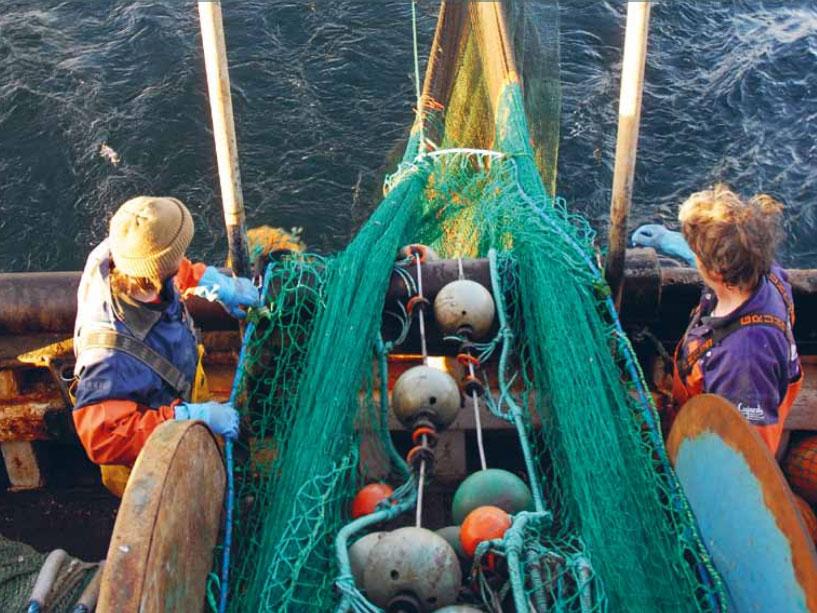
The challenge
In 2009, the Swedish authorities established a national marine park in Kosterhavets in western Sweden. The park covers an area of some 390 km2 and is home to around 12,000 animal species.
This also lead to the creation of a marine protected area (MPA), an area subject to special conservation measures to protect habitats and species, in the area of Northern Bohuslän. The only problem was that this area was known for its long tradition of prawn fishery.
Initially, the move triggered a sharp conflict between conservation interests and local fishers, who feared they would lose their way of life and source of income. It was at this point that all the interested parties – local authorities, conservationists and fishers -realised they had to work together to find a viable solution.
The solution
The municipalities of Strömstad and Tanum, the University of Gothenburg specialising in marine research, the County Administrative Board who oversee the national park, the Swedish Agency for Marine and Water management and the local fishers joined forces to develop a sustainable co-management model for marine resources that would allow sustainable prawn fishing in the marine national park.
Helped by just under €70,000 in funding from the European Maritime Fisheries Fund (EMFF) and just over €30,000 from other sources, the co-management scheme is an example of how cooperation between fishers, authorities, local government and the research community can improve the local governance of a common marine resource. It shows that different interests can unite in true co-management.
The participants are organised in a co-management called Samförvaltning Norra Bohuslän, which involves the active participation of some 10 fishers and 15 officials from the local, regional and national authorities.
There are about 50 fishers active in the area. They received training in the management of natural resources, increasing their knowledge of marine ecology and giving them a forum to discuss the challenges they face. Furthermore, a new type of sustainable fishing gear was developed to help them in their work.
For their part, officials, regulators and researchers received training in fishing techniques and traditions, giving them a better understanding how local fisheries can exist without threatening the MPA’s marine environment. Most of the training was carried out in the field, including fishing excursions.
This project shows that the successful conservation of marine resources can coexists alongside traditional fisheries. Monitoring shows that fisheries do not negatively affect the biological values in the national park. At the same time, fishers were able to benefit economically.
Furthermore, this successful example of fostering the co-existence of possibly conflicting interest and jointly developing local regulations could become a model for the rest of the European Union and wider. It has been granted further EMFF funding to continue the development of the co-management model and increase its transferability to other geographical areas facing the same challenges.
Did you like this story?
Then also check out the February edition of Euronews Ocean episode on Ocean literacy and Youth.
Keep informed about the project
Video
Details
- Publication date
- 1 March 2022
- Author
- Directorate-General for Maritime Affairs and Fisheries




